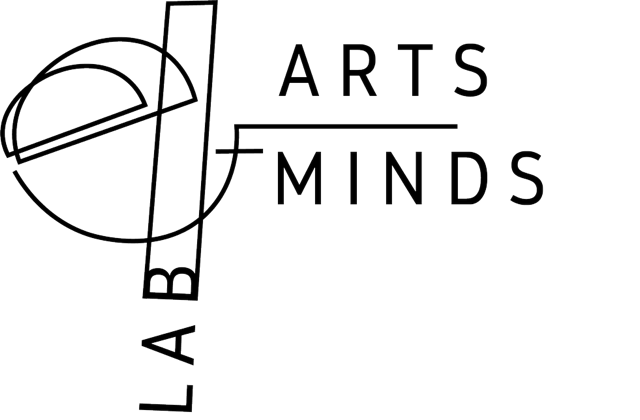Draft Papers
Exploring the Influence of Architectural Complexity on Aesthetics and Behavior in Public Interior Spaces
This paper draft deals with interest and beauty of public interior spaces, as well as the desire to explore such spaces and to meet someone in them depending on levels of complexity. Public interior spaces, ranging from airports to shopping centers, serve as dynamic arenas for social interaction and engagement. Research highlights their significance in fostering community connections and influencing various aspects of human experience, including mood, cognition, and mental health. Despite advancements in neuroarchitecture research, the precise mechanisms through which these spaces impact individuals remain partially understood. Recent studies explore the role of visual aesthetics, particularly beauty and complexity, in shaping human behavior within architectural environments. While complexity has historically been associated with beauty, its direct connection to behavioral outcomes in public interiors remains unexplored. This research aims to bridge this gap by investigating how architectural complexity influences aesthetic judgments and subsequent behaviors in public interior spaces. Additionally, individual differences, such as personal interest and expertise in architecture, may further shape these responses, highlighting the need for a comprehensive understanding of the interplay between architectural features and human experience.
Art as Intervention On the Effects of a Street-level Gallery Exhibition on Neighbourhood Connectedness, Satisfaction and Psychological Wellbeing (C. Kühnapfel, M. Trupp, M. Pelowski & J. Fingerhut)
This draft paper deals with the impact impact of public art on neighbourhood connection and satisfaction as important factors contributing to wellbeing. We specifically focussed on a street-level free gallery (Gallery Wedding in Berlin) that is situated in the centre of its neighbourhood. The exhibition aimed at a re-mediation of the relation to a neighborhood (“Job Center. Psychic Places,” artist: Emily Hunt, curator: Solvej H. Ovesen). In our study we assessed whether the exhibition altered visitors’ connection to, and satisfaction with the neighborhood, and subjective wellbeing in terms of mood. We stopped by-passers to engage with the exhibition and assessed their attitudes pre-post the experience. They also had to aesthetically evaluate the exhibition. Preliminary results show that after engaging the exhibition, participants (N = 64) felt significantly more connected to the neighborhood and had improved subjective wellbeing. We also assessed the curator’s and artist’s intended emotions. Here we found that when visitors felt the artists’ intended emotions more, they exhibited higher subjective wellbeing and neighbourhood connectedness after the exhibition. The paper will also address how the subjective aesthetic evaluation of the art (as good, meaningful, etc.) relates to the above changes and discuss the results with respect to the transformative potential of urban art.


